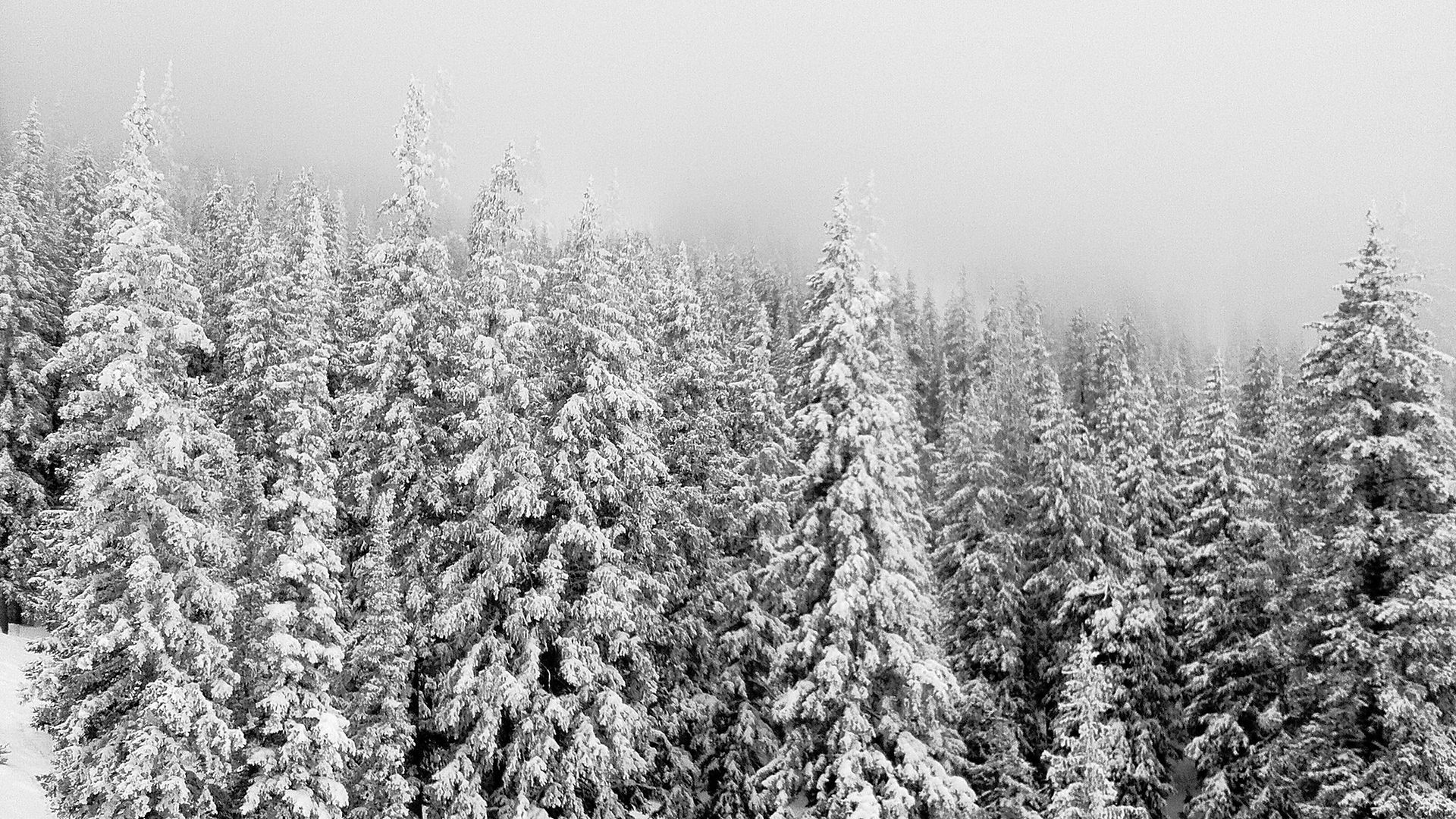5 Camera Angles and Positions for Your Next Shoot
- Parker Fawson, Jr
- May 3, 2022
- 2 min read

With so many different camera angles and views available to be utilized, there is rarely a good reason to shoot everything with the camera horizontal and at eye level. If you watch a professional at work, he or she will likely end up spending time shooting all over the place. The easiest way to capture a moment is to capture it from a variety of angles and using multiple camera positions.
On that note, here are a few of our favorite angles for you to use on your next shoot:

High Angle: As opposed to Low Angle shots, High Angle shots are used to make things (or people) look less powerful. During dialogues, they are often used in conjunction with low angle shots to demonstrate the relationship between two or more people. High angle shots can also be used to give an overview, commonly referred to as an “Establishing Shot.”
Low Angle: You probably could’ve guessed, but Low Angle shots enhance the subject in frame. Things tend to look bigger, and people tend to look more important. The angle can also prove to be vital if your character is looking down, or if your subject is entering the scene above.
Birdseye/Wormeye: If you took the High or Low Angle to either extreme, you would end up with either a Birdseye or a Wormeye angled shot. Birdseye shots can be excellent for giving an audience perspective on how different things in the scene relate. Wormeye shots are usually used to highlight the scene above, and can be used when the subject is either flying or falling from the sky.
Frontal/Back View: A frontal view is used to give the audience the feeling that they are standing directly in front of the subject; and, in many cases, to give the audience the feeling that the subject is interacting with them. On the contrary, the back view can let you into the eyes of a person, or it can be used to convey an emotional moment.
Three-Quarter/Side View: Possibly the most common view used in film, the different side views can let us simply watch our subjects as an observer. These views allow the subject to contrast the background to create a complete shot. The three-quarter shot is slightly less involved, and is often used to depict moments of realization when a particular emotion can be conveyed through a facial expression.

These are just a few of the multitude of ways to shoot film. Use different camera angles, views, and positions, and don’t forget to vary your shot size. By following these guidelines, you will bring more to the table when you sit down to edit, and often times you will be very glad to have taken those extra angles into consideration before packing up and leaving the set.
For additional tips on shot composition and its relationship to storytelling, or to hire Walkingstick for your next masterpiece, hit up info@walkingstickpresentations.com or call 435-640-9119. Always love to hear what you have going on!
**All images used in this post have been downloaded from the internet. We do not claim to own them. Please contact us if you would like us to remove any of the images included herein. We would be happy to do so if needed. Thanks.





























